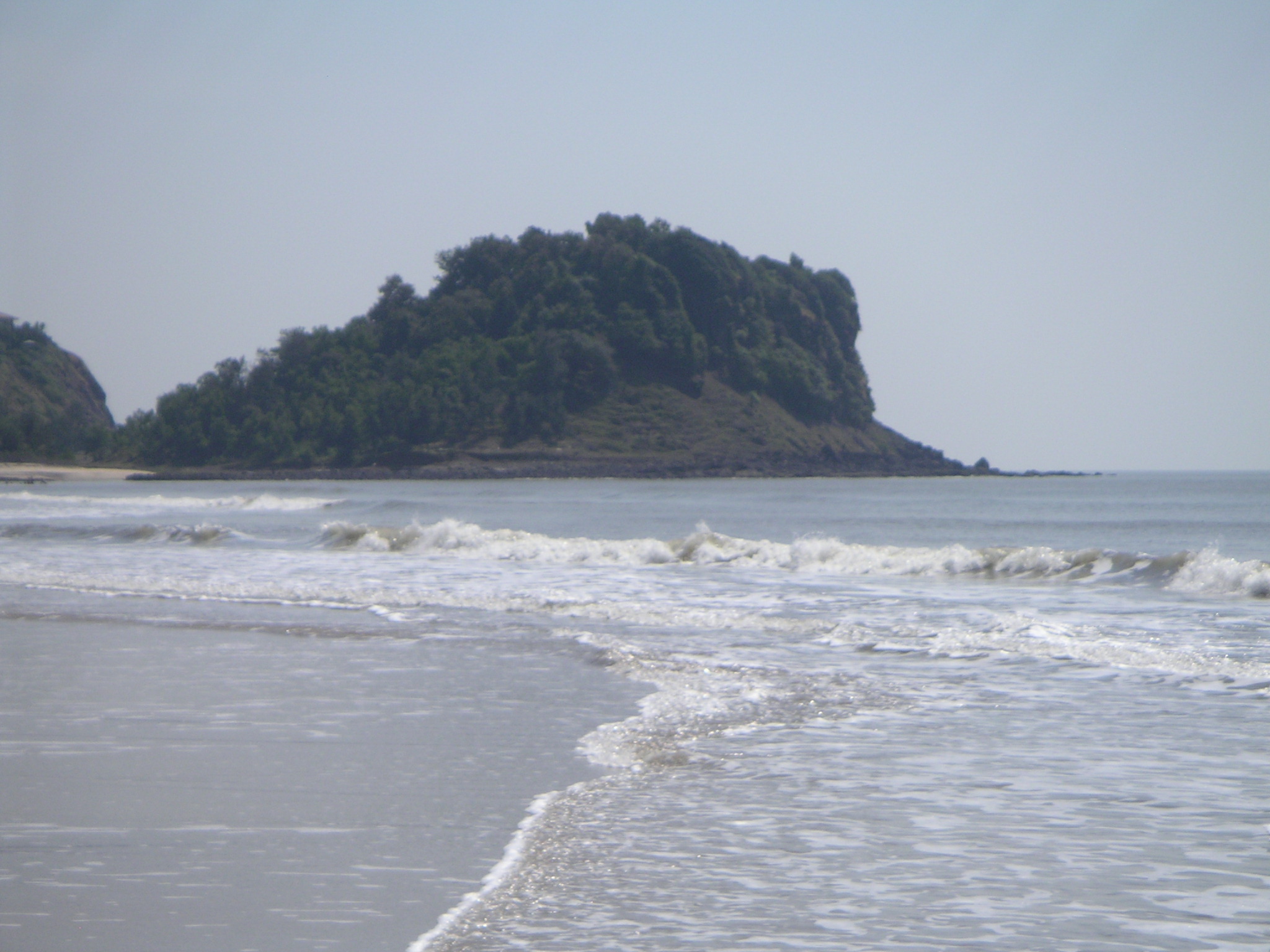Valley of Flowers, Uttrakhand:
Udaipur, Rajasthan:
The city of lakes, Venice of the East, monikers fall short in encapsulating the splendour of this royal city.It even has a Monsoon Palace known as Sajjan Garh Palace.But the star attraction for the tourists here is the Lake Palace, made famous by the Bond movie-Octopussy.A must visit for the romantic souls, the city surrounded by mountains gives a glimpse of its local flavour with monsoon festivals celebrating the rainy season in style.Palaces, parks and fun guaranteed.Coorg, Karnataka:

 Nestled in the Western Ghats, this little powerhouse of a hill
station is as famous for its natural beauty, as for its beautiful coffee
plantations.Called the Scotland of India, it has mesmerizing scenes of
mountain ranges filled with vibrant trees and the tranquil waters of the
Cauvery river flowing through.Do visit Talakaveri-where the River
Kaveri originates and have a fun outing around the Abbey Falls. And you
can also explore your spiritual side at Omkareshwara Temple.
Nestled in the Western Ghats, this little powerhouse of a hill
station is as famous for its natural beauty, as for its beautiful coffee
plantations.Called the Scotland of India, it has mesmerizing scenes of
mountain ranges filled with vibrant trees and the tranquil waters of the
Cauvery river flowing through.Do visit Talakaveri-where the River
Kaveri originates and have a fun outing around the Abbey Falls. And you
can also explore your spiritual side at Omkareshwara Temple.
Sandalkad Estate is a sprawling 225 acre coffee and
spice plantation, located near the main town of Madikeri in Coorg. It's
been in the same family for over 150 years. However, the current owners
took it over in 2000. At that time, the plantation was in a bad
condition, and they have invested a great deal of effort into restoring
it. As can be seen from the photo, the estate is now looking very lush
and healthy. This scenery is typical of what you'll see all over Coorg.

Konkan, Maharashtra:

 Consisting of Raigad, Ratnagiri and Sindhudurg,the entire Konkan
stretch undergoes transformation with the first rains. Carpeted in a
thick blanket of green, Konkan is a sight to behold during monsoon.
Besides natural beauty, Konkan is rich in history. Of strategic
importance, Konkan is closely associated with King Shivaji and the
Marathas. Littered with mountain forts and citadels, the pleasure of
trekking to the historical remnants during the rains is a perfect way to
enjoy the season. Konkan also offers several scenic beaches to enjoy
the monsoon magic. You can pick from any of the beautiful beaches of
Kashid, Revdanda, Murud, Harihareshwar, Diveagar or Ratnagiri.
Consisting of Raigad, Ratnagiri and Sindhudurg,the entire Konkan
stretch undergoes transformation with the first rains. Carpeted in a
thick blanket of green, Konkan is a sight to behold during monsoon.
Besides natural beauty, Konkan is rich in history. Of strategic
importance, Konkan is closely associated with King Shivaji and the
Marathas. Littered with mountain forts and citadels, the pleasure of
trekking to the historical remnants during the rains is a perfect way to
enjoy the season. Konkan also offers several scenic beaches to enjoy
the monsoon magic. You can pick from any of the beautiful beaches of
Kashid, Revdanda, Murud, Harihareshwar, Diveagar or Ratnagiri.History: n 1961 the Konkan region became a part of the newly formed state of Maharashtra.Creation of the Sindhudurg from the southern areas of the Ratnagiri district.The erstwhile Kolaba district was renamed as Raigad.Under Section 3 of the Maharashtra Land Revenue Code, 1966, the State of Maharashtra was divided into revenue divisions, consisting of one or more districts (excluding the City of Bombay). Sim larly, under Section 4(1)(i), the State Government could, by notification in the Official Gazette, specify the districts (excluding the City of Bombay), which constitute a division. Greater Bombay consists of the City of Bombay and the Bombay Suburban District.
he name Maharashtra is believed to be originated from rathi,
which means chariot driver. Maharashtra entered the recorded history in the 2nd century BC, with the construction of its first Buddhist caves. The name, Maharashtra first appeared in a 7th century in the account of a contemporary Chinese traveler, Huan Tsang. According to the recorded History, the first Hindu King ruled the state during 6th century, based in Badami.
Shivaji Bhosle, the founder of the Maratha Empire, did a lifelong struggle against the Mughals. By 1680, the year of Shivaji's death, nearly the whole of Deccan belonged to his empire. Shivaji was a great warrior and one of the finest rulers of India, so he holds the highest place in Maratha history.
After the Indian independence in 1947, western Maharashtra and Gujarat were combined as Bombay state. In 1956, the geography of the Bombay state was increased with the inclusion of the predominantly Marathi-speaking regions of Marathwada, from the erstwhile Hyderabad state, and the Vidarbha region from Madhya Pradesh. In 1960, the Gujarati and Marathi linguistic areas of the former Bombay state were separated, and the present Maharashtra state came into being.
In 1961 the Konkan region became a part of the newly formed state of Maharashtra.Creation of the Sindhudurg from the southern areas of the Ratnagiri district.
Also See:
SUMMER HOLIDAY DESTINATIONS IN INDIA




No comments:
Post a Comment